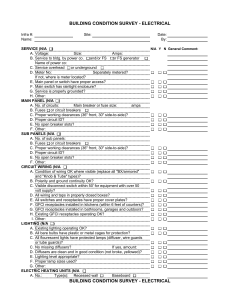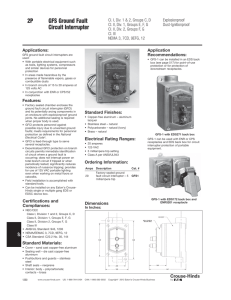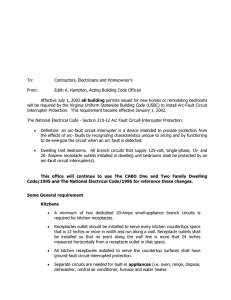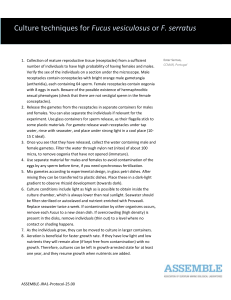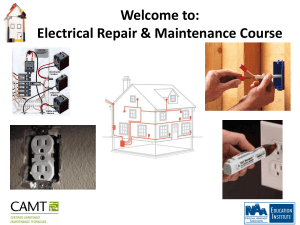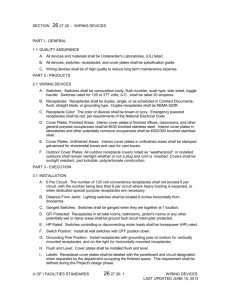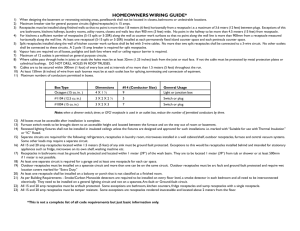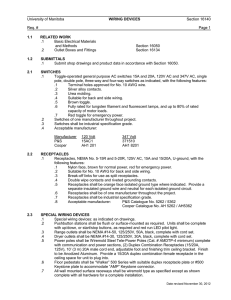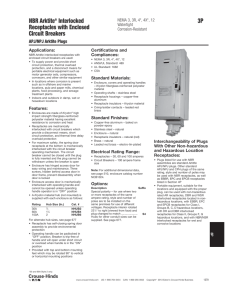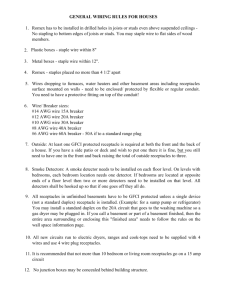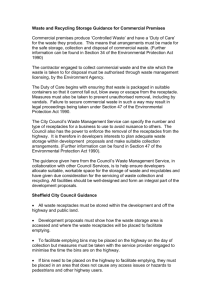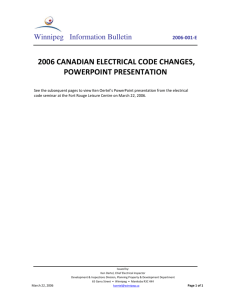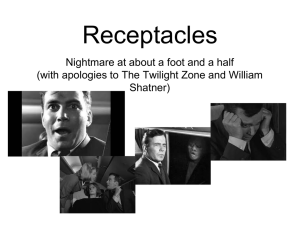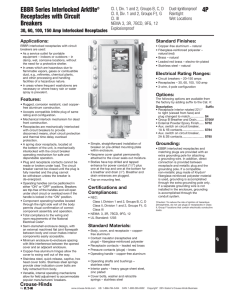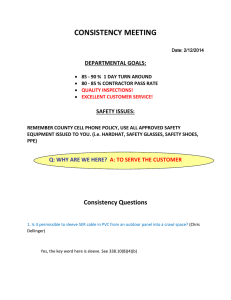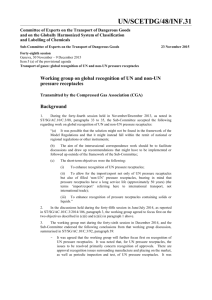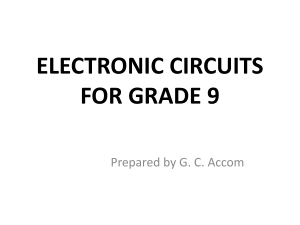Electricaldevices
advertisement
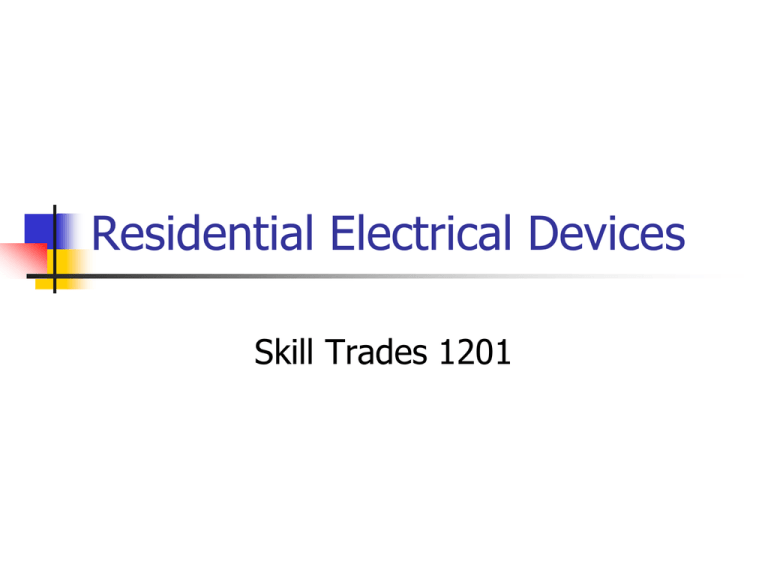
Residential Electrical Devices Skill Trades 1201 Circuit Protection Devices Circuit breakers and fuses are designed to be the weakest link in any circuit. Circuit Protection Devices If a short or overload condition should occur, it will be the fuse or circuit breaker that will open circuit long before the wire can heat up to start a fire. Switching Components Electrical devices used to control either lights or receptacles from one or more locations. Mounted 54 inches above the floor. Mounted Outside bathrooms. Types of Switches Single Pole Toggle Controls a light from a single location only. Types of Switches Three Way Switch Controls a light from two locations. Types of Switches Dimmer Switch Allows you to adjust the brightness of a light. Receptacles Devices used to allow appliances to plug in. Most widely used type of outlet used in the house. There should be an outlet every 12 linear feet. Receptacles Outlet should be mounted 12-17 inches above the floor. Maximum of 12 outlets permitted per 15 Amp circuit. Types of Receptacles Duplex Receptacle (120 Volt) Most common outlet used in the house. Black wire attaches to the brass screw. White wire to the silver screw, and bare copper to the ground screw. Types of Receptacles 240 Volt Receptacles Special four pronged outlet that supplies 240 volts. Plug design prevents plugging in 120 volt appliances. Commonly used for Range and Dryer. Types of Receptacles Ground Fault Circuit Interrupter (GFCI) Monitors the amount of current flowing from hot to neutral. If there is any imbalance, it trips the circuit. Types of Receptacles Ground Fault Circuit Interrupter (GFCI) Protection from severe or fatal electric shocks. Bathroom Receptacles & Outside Receptacles.
